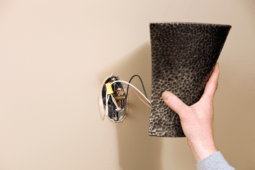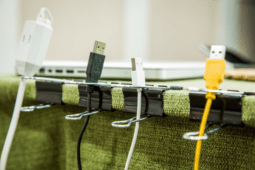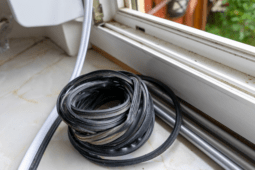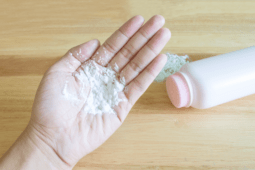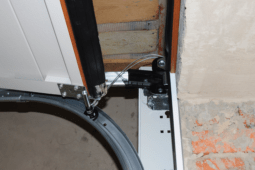How to Thaw Your Air Conditioner [And Why You Should]
It may seem like an oxymoron, but freezing the coils in a whole-house air conditioner during the blast-furnace heat of July and August is a common occurrence. When the unit freezes, the temperature in the house rises quickly. It’s another oxymoron that the device that keeps your home cool in the heat of summer can freeze and make your house too hot to live in, but it is reality.
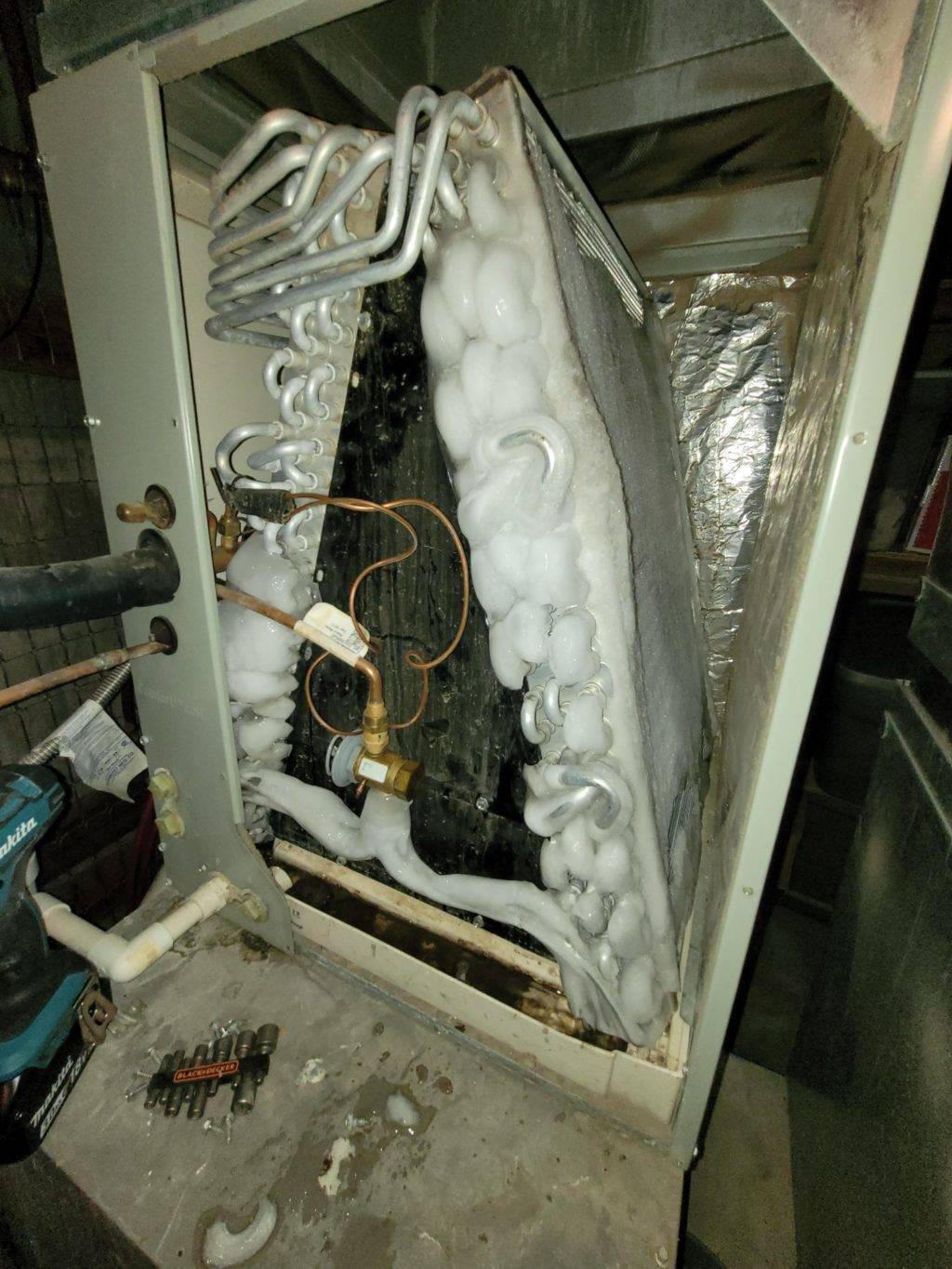
Why Is There Ice On Your Air Conditioner?
A frozen air conditioner is really an ice build-up on the radiator coils inside the air conditioning unit that have freon flowing through them. The freon cools the coils, the blower forces air across those cold coils and the cool air flows through ducts to every area of your home. Or, that’s how it is supposed to work.
If you set your air conditioner to run with the fan on full time you’ll never have a problem, but if you make the logical choice of putting the air conditioner on automatic, you’ll eventually get a frozen system and rising temperatures in your home.
It works this way. The automatic setting turns on the compressor and the blower when temperatures rise to the upper limit of your wall-mounted heater/cooler control box. This works 24/hours a day.
If the compressor is fouled with debris, lint or in many areas, the cotton from cottonwood trees it can’t get any airflow and the unit runs non-stop trying to bring in outside hour. When this happens the copper line from the outside compressor, and the coils in the cooling radiator in your home can build up layers of ice.
Eventually, this ice is so thick it will stop the flow of air into the ductwork. Without any air flowing your home heats up quickly.
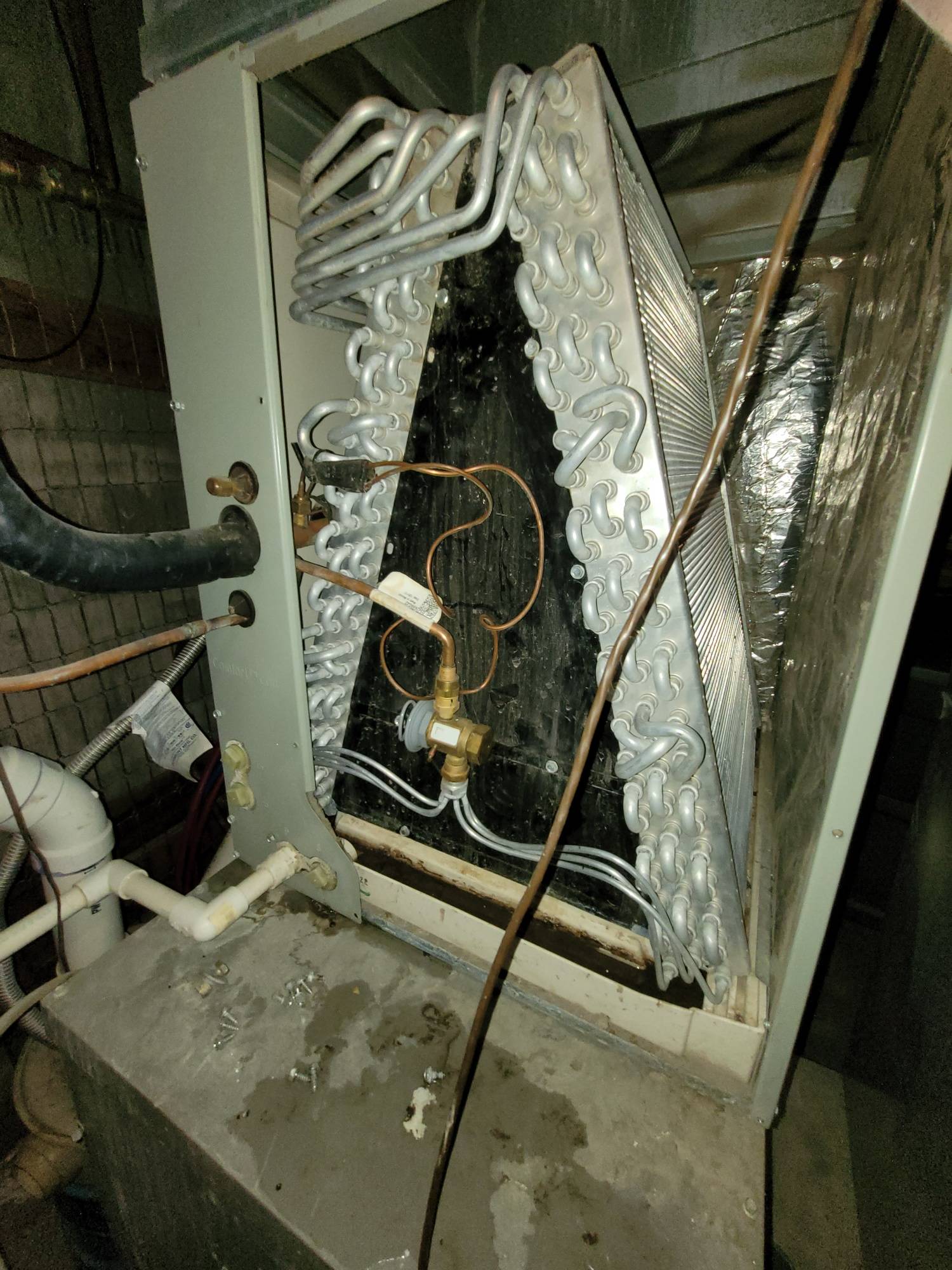
How To Thaw The Coils
To solve this dilemma, you need to thaw the coils, to allow air to once again flow through the ducts and cool your home. There are two ways you can accomplish this:
Option 1: Turn off the air conditioner, turn the fan on to run constantly, and walk away. Eventually, the fan will thaw the frozen water surrounding the condenser coils inside your air conditioning unit.
Option 2 AKA the faster method: remove the cover from the coils. There are usually two covers, an inner and an outer. The inner creates a wind tunnel that forces air over the coils, the outer is just an added layer of protection to the copper coils inside your air conditioner.
With the covers removed, you notice heavy ice around the coils. Do not chip, or try to remove the ice physically. Copper coils are sensitive and even a hairline crack can release freon and cost you hundreds of dollars to repair.
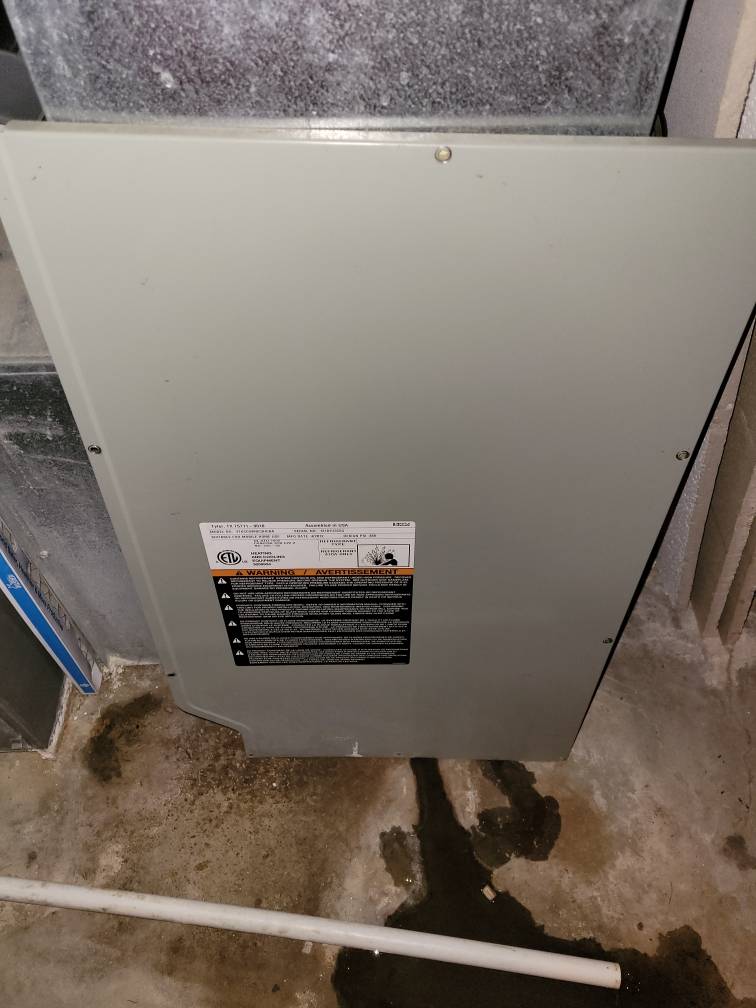
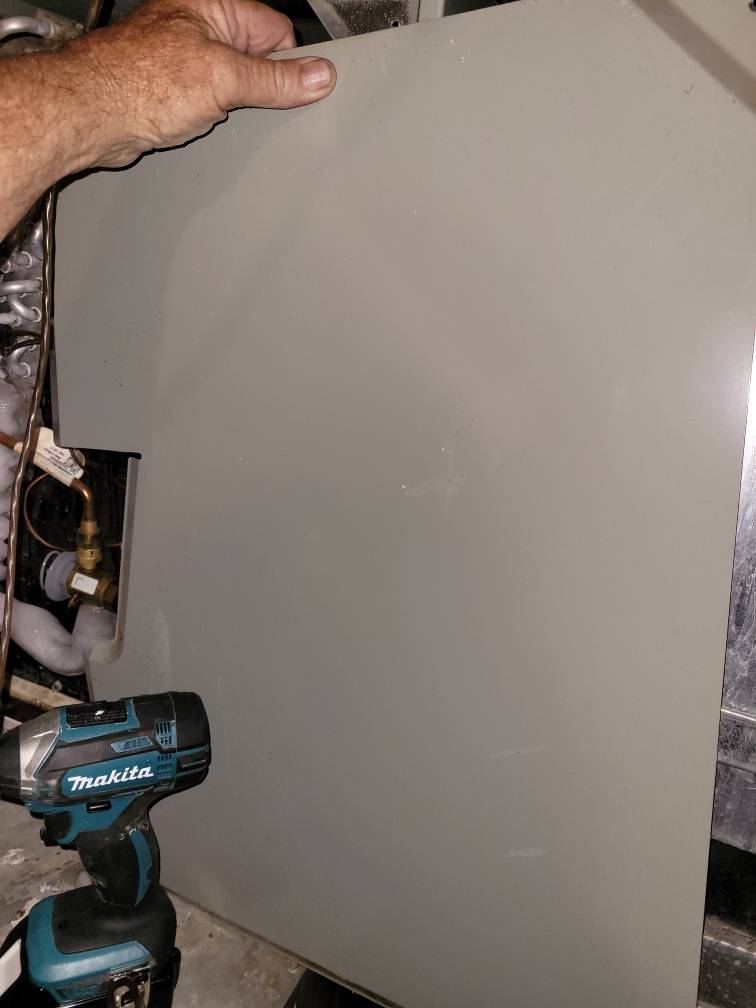
Be Patient. Pull the panels and expose the ice to the ambient air. If you have a fan you can place adjacent to the coils, it can speed up the thawing process.
Patience is the key. After an hour or so, the drain pipe under the condensing unit will be flowing heavily with the melted ice from the coils.
When the coils are free of ice, you can reattach the covers, turn the air conditioner on, and set the fan to “on” not automatic.
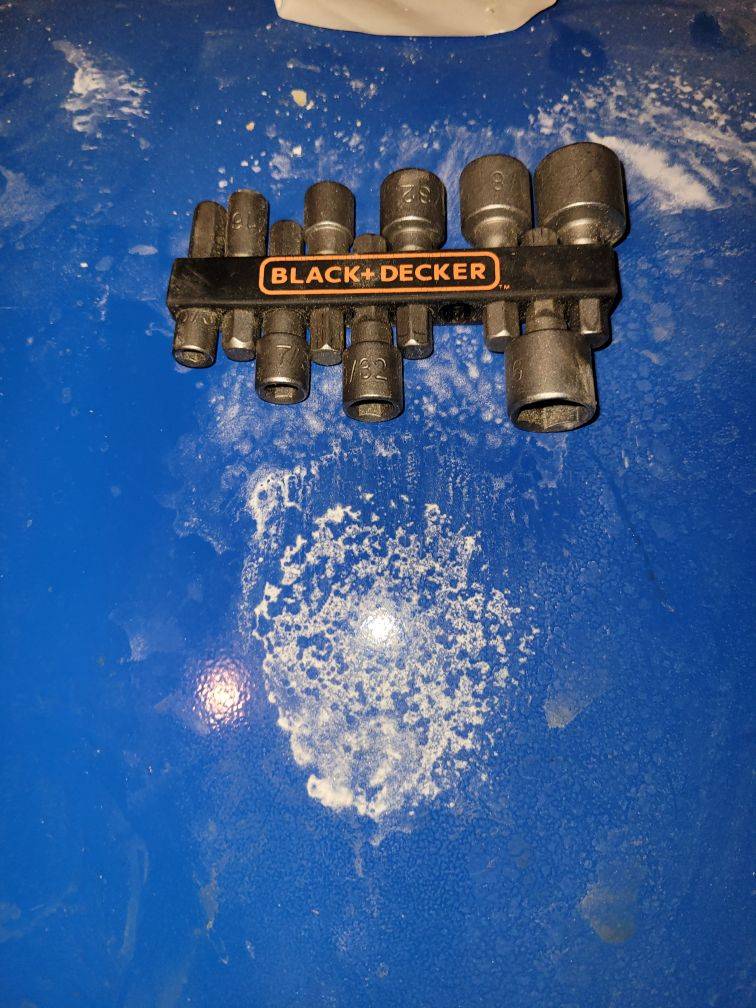

Once your coil is defrosted and ready to be put back together, you’ve thawed the air conditioner, and in the process cooled your home.


